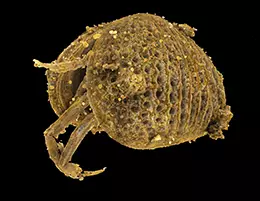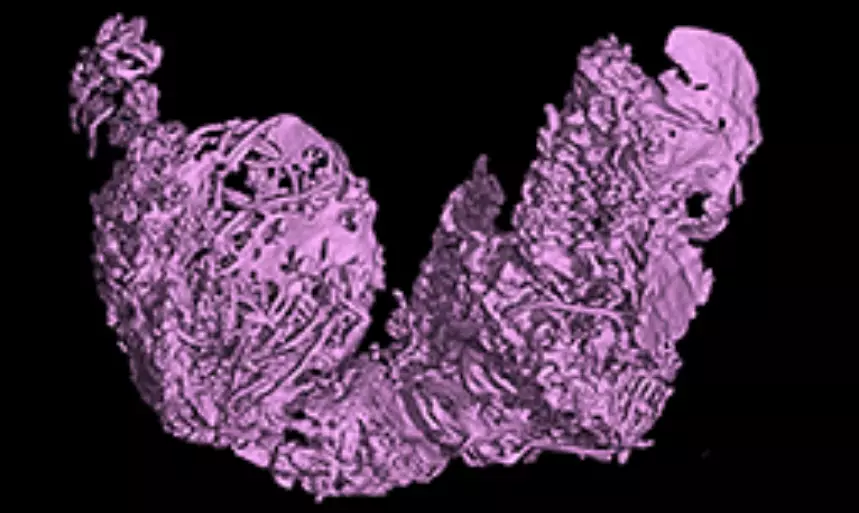
A team of paleontologists have discovered 100-million-year-old giant sperm cells, which were found preserved in amber.
Scientists believe the ancient sperm could be the oldest ever, hailing the discovery as an 'extremely rare opportunity' to find out more about how the reproductive process has evolved.
The sperm cells were in a female ostracod preserved in amber, suggesting that the tiny crustacean had mated shortly before being trapped in a drop of tree resin.
Advert
Until now, the oldest known fossilised sperm was found in a 50-million-year-old worm cocoon from Antarctica, meaning this is now thought to be the oldest fossil in which sperm cells have been conclusively identified.

The specimen also provided information about a previously unknown species of crustacean, which has been named Myanmarcypris hui.
It is thought to have lived in coastal and inland waters of what is now Myanmar, surrounded by forests of trees that produced huge quantities of resin.
Advert
The team's findings were published in research journal Proceedings of the Royal Society B, where they explained that understanding the evolution of such giant sperm may shed light on 'ancient and advanced instance of evolutionary specialisation'.
The researchers analysed the new ostracod specimens using computer-assisted 3D X-ray reconstructions, which revealed 'astonishing' details of the anatomy of the animals.
In one female specimen they discovered 'ripe sperm', with He Wang of the Chinese Academy of Sciences in Nanjing saying: "This female must have mated shortly before being encased in the resin."

Dr Renate Matzke-Karasz, a geobiologist at Ludwig-Maximilians-Universitaet (LMU) in Munich who led the team, said: "The most significant part of our story is that we can now show that using giant sperm for reproduction is something that can last long in Earth history
Advert
"Previously, we were not sure if animals that 'switched' to using these giant sperm at a certain point in their evolutionary history are doomed to become extinct very quickly.
"After all, these are enormous costs for the animals. Large sperm must be produced, the reproductive organs are much bigger than in other species, they take up a lot of space in the animal, and mating lasts long.
"This is a lot of biological energy that must be allocated to reproduction - so you might think that this doesn't make sense from an evolutionary standpoint.
"But in ostracods, it seemed to work for more than 100 million years."
Advert
She added: "From an evolutionary point of view, sexual reproduction with the aid of giant sperm must, therefore, be a thoroughly profitable strategy."
Featured Image Credit: Chinese Academy of Sciences/Ludwig-Maximilians-Universitaet
Topics: Science, World News, News